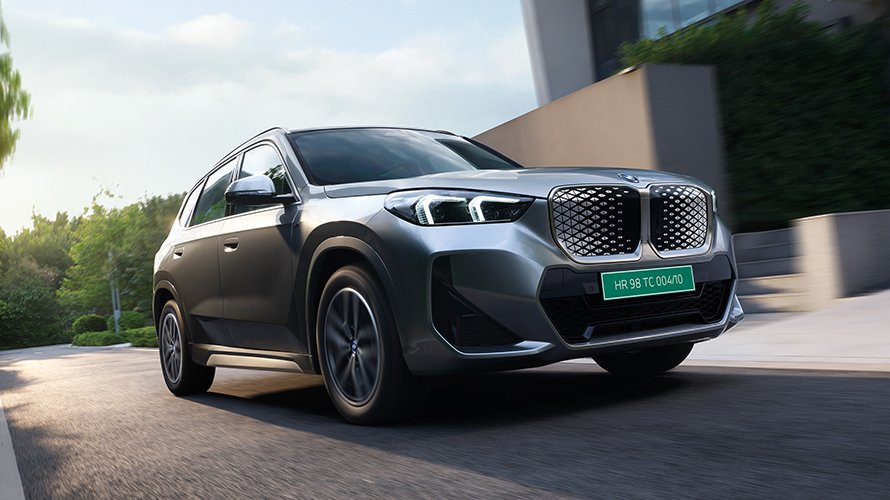In a rapidly evolving automotive landscape where electric vehicles (EVs) are no longer a novelty but a necessity, Hyundai Motor India is charting an ambitious course to make EVs more affordable and accessible. The company has unveiled a multifaceted plan to drive down the costs of its electric cars over the next few years, leveraging localization, infrastructure expansion, and favorable policy winds. With India’s EV market poised for explosive growth—projected to reach millions of units annually by the end of the decade—Hyundai’s initiatives could position it as a frontrunner in sustainable mobility.
Localization at the Core: From Batteries to Beyond
At the heart of Hyundai’s cost-reduction strategy is a deep commitment to local manufacturing, which promises to shield the company from global supply chain volatilities and currency fluctuations. The automaker has already kicked off the assembly of battery packs at its facilities in India, a move that marks a significant step toward self-reliance. But Hyundai isn’t stopping there. It has forged a strategic partnership with an Indian manufacturer to produce battery cells domestically, ensuring a steady supply of high-quality components tailored to local needs.
This localization drive extends far beyond batteries. Hyundai has signaled plans to indigenize more drivetrain and power electronics components, further diminishing reliance on imports. By doing so, the company aims to slash logistics costs, mitigate foreign exchange risks, and foster long-term pricing stability. Industry experts estimate that such efforts could reduce overall EV production costs by up to 30% for battery-related expenses alone by 2027, alongside improvements in energy density and charging speeds. These measures not only bolster Hyundai’s bottom line but also enhance its competitive edge in a market where price sensitivity remains a key barrier to EV adoption.
Charging Ahead: Infrastructure as a Sales Catalyst
Convenience is king in the EV world, and Hyundai understands that a robust charging ecosystem is non-negotiable for mass adoption. Currently, the company operates 119 DC fast chargers across India, a network that has already contributed to cutting over 1.6 million kilograms of CO₂ emissions nationwide. But this is just the beginning. Hyundai is ramping up its investments to expand this footprint to approximately 600 stations by 2032, strategically placed in urban hubs, highways, and tier-2 cities to alleviate range anxiety for potential buyers.
This expansion isn’t merely about plugging in—it’s a calculated play to supercharge sales. Greater charging visibility correlates directly with higher consumer confidence, leading to increased volumes that optimize factory utilization and grant Hyundai stronger pricing leverage. As Tarun Garg, Director of Sales, Service & Mobility at Hyundai Motor India, emphasized in a recent interview, building a “full EV ecosystem” is key to sustaining momentum amid rising SUV demand and evolving regulations. With six new EV models slated for launch by 2030, including India’s first locally designed electric vehicle, Hyundai is aligning its infrastructure push with a diverse portfolio that caters to various segments.
Policy Tailwinds: The GST Edge in a Shifting Landscape
Government policies are providing a crucial tailwind for Hyundai’s EV ambitions. Under India’s revised Goods and Services Tax (GST) framework—often dubbed “GST 2.0″—electric vehicles continue to benefit from a concessional rate of just 5%. This low levy stands in stark contrast to the 28% GST (plus cess in some cases) applied to many internal combustion engine (ICE) vehicles, preserving a vital pricing advantage for EVs even as rates for petrol and diesel categories have been rationalized downward.
This policy sweetener is no accident; it’s part of a broader national strategy to accelerate the shift to cleaner transport. For Hyundai, the 5% GST rate acts as a buffer, allowing it to maintain competitive pricing without eroding margins. As the company localizes more components, this fiscal incentive will amplify cost savings, potentially passing on benefits to consumers through more affordable EVs. However, stakeholders caution that while the current structure favors EVs, any unintended ripple effects from broader tax reforms could influence market dynamics.
A Brighter, Greener Horizon
Hyundai’s blueprint for EV affordability is a testament to its long-term vision for India, blending innovation, infrastructure, and policy savvy. By localizing production, scaling charging networks, and capitalizing on supportive regulations, the company is not just reducing costs—it’s democratizing electric mobility. As India races toward its 2030 target of 30% EV penetration, Hyundai’s proactive stance could inspire competitors and pave the way for a truly electrified future. For now, the road ahead looks charged with promise.



